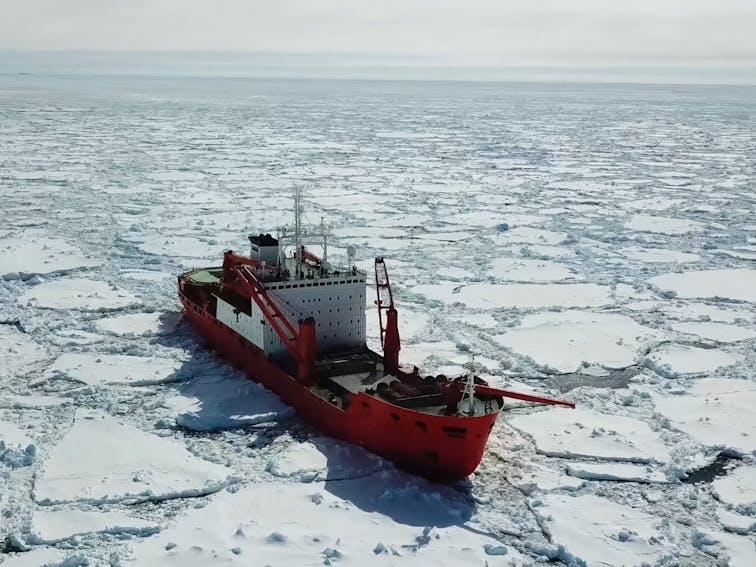The purpose of the Alandia Winter and Ice Navigation Portal is to provide a quick referencing guide to current best practices, infrastructure, ice breaker assistance, and the sea areas and routes where winter and ice navigation apply. Winter navigation is defined as conditions where the air temperature is below 0 Celsius, and ice navigation where sea ice is present. These conditions can occur independently or together i.e., sub-zero temperatures without sea ice, sea ice without sub-zero temperatures, or sub-zero temperatures with presence of sea ice.
This portal is a living information source, meaning it is kept up to date with a continual flow of broader and more detailed information. The portal will expand with one sea area at time, containing area specific ice navigation best practices.
The portal is a compilation of references to the latest edition of “The Ice Navigation and Seamanship Handbook” by Witherbys (2019) and has been created in co-operation with one of the authors of the book, Tommy Berg, an active ice breaker Captain who has formerly worked as an ice advisor in Canada. This means that the portal benefits from unique operational and theoretical backgrounds and insights. In other words, the portal has been built from the best literature and experience of active practicing experts in the field, providing first-class knowledge on the subject matter.
This portal is a living information source, meaning it is kept up to date with a continual flow of broader and more detailed information.
Technological advances on vessels (including ice breakers), weather forecasting, communication technologies, and navigation improvements enable winter and ice navigation in more demanding conditions. The adoption of the Polar Code together with the SOLAS Convention, set safety, technical, technological, and training standards for the operation, but do not provide in-depth knowledge or operational decision-making support.
The significant reduction of sea ice due to melting in the polar regions increases marine traffic such as expedition cruises, polar region natural resource exploration activities, and creates a longer navigable season for the Northern Sea Route (NSR). Therefore, the importance of winter and ice navigation cannot be over-emphasised, and the portal remains an invaluable tool.
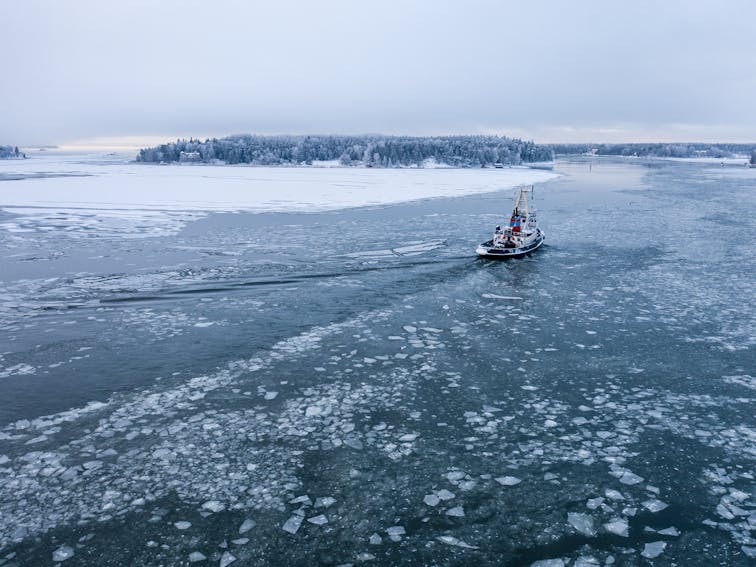
Baltic sea
Information about ice conditions in the Baltic Seas, links to daily ice charts and more.
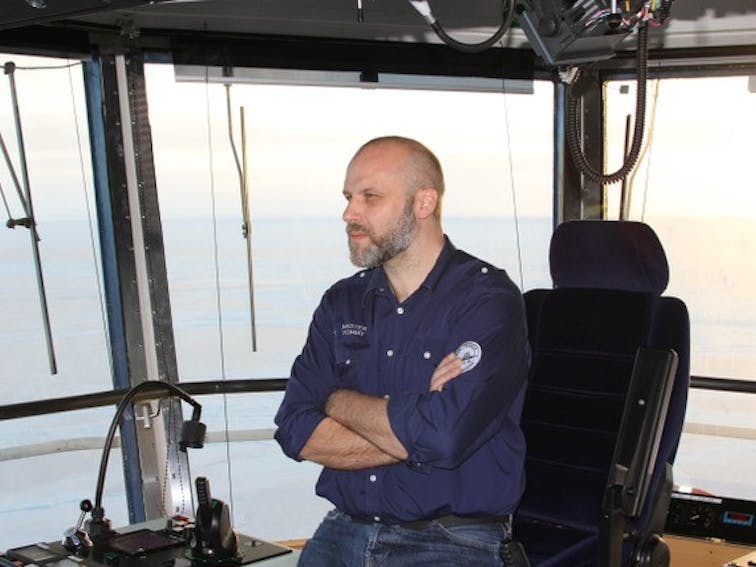
Experienced ice navigation
Listen to this podcast episode for some valuable insights derived from a wealth of real-life experience in the ice.
Winter operation

PODCAST #18: HEADING FOR CHANGE – EXPERIENCED ICE NAVIGATION
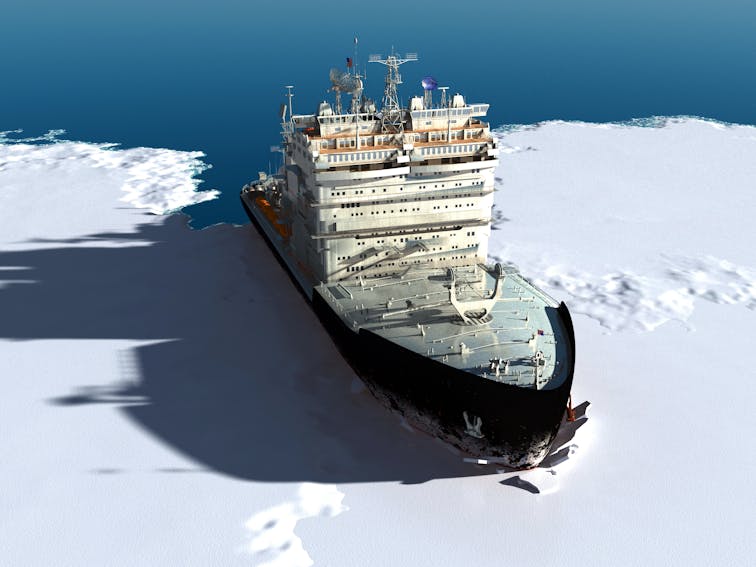
Operations best practices checklist
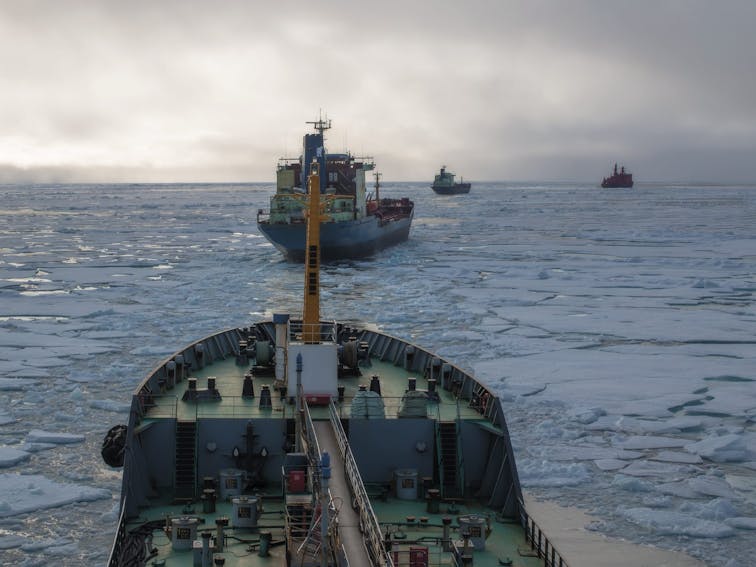
Risks and rules in respect of winter navigation
Printable PDF
Navigation in ice - Checklist
Since navigating in winter and ice conditions increases risk, we have compiled anoperations best practices checklist.

